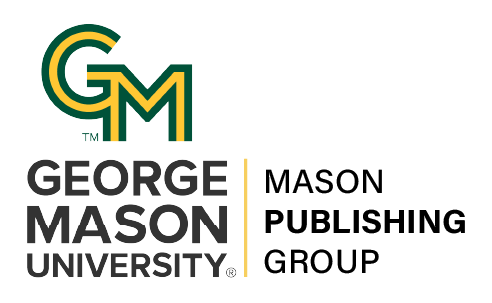Evaluating the Effectiveness of a Connected Vehicle Environment Using the Trajectory Data
DOI:
https://doi.org/10.13021/jmms.2021.2932Keywords:
Vehicle to infrastructure communication, Connected vehicle testbed, Vehicle trajectory, ArterialAbstract
The transportation system is a complex interaction between the infrastructure, vehicles, and users. Over time, many innovations have come through in the field of transportation. The connected vehicle technology is one such innovation with potential to improve mobility, reduce congestion, and enhance safety of the transportation system. However, the successful deployment of connected vehicle technology depends on improved system-level performance and user experiences. In order to understand and assess the real-world behavior of this technology, the United States Department of Transportation (USDOT) has built several testbeds across the United States. The focus of this research is to evaluate the effectiveness of a connected vehicle environment using the trajectory data of test vehicles collected from the Arizona testbed, United States, an arterial corridor with a series of signalized intersections. Vehicle to infrastructure communication using the dedicated short range communication (DSRC) technology was tested along this corridor. The test vehicle trajectories were captured after processing data points obtained from a Global Positioning System (GPS) device. The trends in built trajectories in the connected vehicle environment and base condition were compared by time of the day. The results show a statistically significant increase in the average speed of the test vehicles along the arterial corridor in the connected environment compared to the base condition.
References
Zhu, F., and S.V. Ukkusuri. An Optimal Estimation Approach for the Calibration of the Car-Following Behavior of Connected Vehicles in a Mixed Traffic Environment. IEEE Transactions on Intelligent Transportation Systems, 18(2), 2016: 282-291.
Day, C. M., H. Li, L.M. Richardson, J. Howard, T. Platte, J.R. Sturdevant, and D.M. Bullock. Detector-free optimization of traffic signal offsets with connected vehicle data. Transportation Research Record, 2620(1), 2017: 54-68.
Kim, J., and H.S. Mahmassani. Spatial and temporal characterization of travel patterns in a traffic network using vehicle trajectories. Transportation Research Procedia, 9, 2015: 164-184.
Guo, D., S. Liu, and H. Jin. A graph-based approach to vehicle trajectory analysis. Journal of Location Based Services, 4(3-4), 2010: 183-199.
Liu, S., C. Liu, Q. Luo, L.M. Ni, and R. Krishnan. Calibrating large scale vehicle trajectory data. In 2012 IEEE 13th International Conference on Mobile Data Management, 2012: 222-231.
Jin, P. J., D. Yang, and B. Ran. Reducing the error accumulation in car-following models calibrated with vehicle trajectory data. IEEE Transactions on Intelligent Transportation Systems, 15(1), 2013: 148-157.
Feng, Y., K.L. Head, S. Khoshmagham, and M. Zamanipour. A real-time adaptive signal control in a connected vehicle environment. Transportation Research Part C: Emerging Technologies, 55, 2015: 460-473.
Goli, S. A., B.H. Far, and A.O. Fapojuwo. Vehicle trajectory prediction with Gaussian process regression in connected vehicle environment. In 2018 IEEE Intelligent Vehicles Symposium (IV), 2018: 550-555.
Raju, N., P. Kumar, A. Jain, S.S. Arkatkar, and G. Joshi. Application of trajectory data for investigating vehicle behavior in mixed traffic environment. Transportation Research Record, 2672(43), 2018: 122-133.
University of Arizona, University of California, Savari Networks, Inc. and Econolite. Multi-modal intelligent traffic signal system (MMITSS) – phase II: system development, deployment and field test. Final report, Connected Vehicle Pooled Fund Study, 2016. http://www.cts.virginia.edu/wp-content/uploads/2014/04/53-MMITSS-Phase-2-Final-Report-FINAL-092520161.pdf.
MMITSS Prototype Development and Impacts Assessment Team. Multi-Modal Intelligent Traffic Signal Systems (MMITSS) GPS, 2015, ITS DataHub, Data.transportation.gov. http://doi.org/10.21949/1504469.
Downloads
Published
Issue
Section
License
Copyright (c) 2021 Journal of Modern Mobility Systems

This work is licensed under a Creative Commons Attribution-NonCommercial-ShareAlike 4.0 International License.





